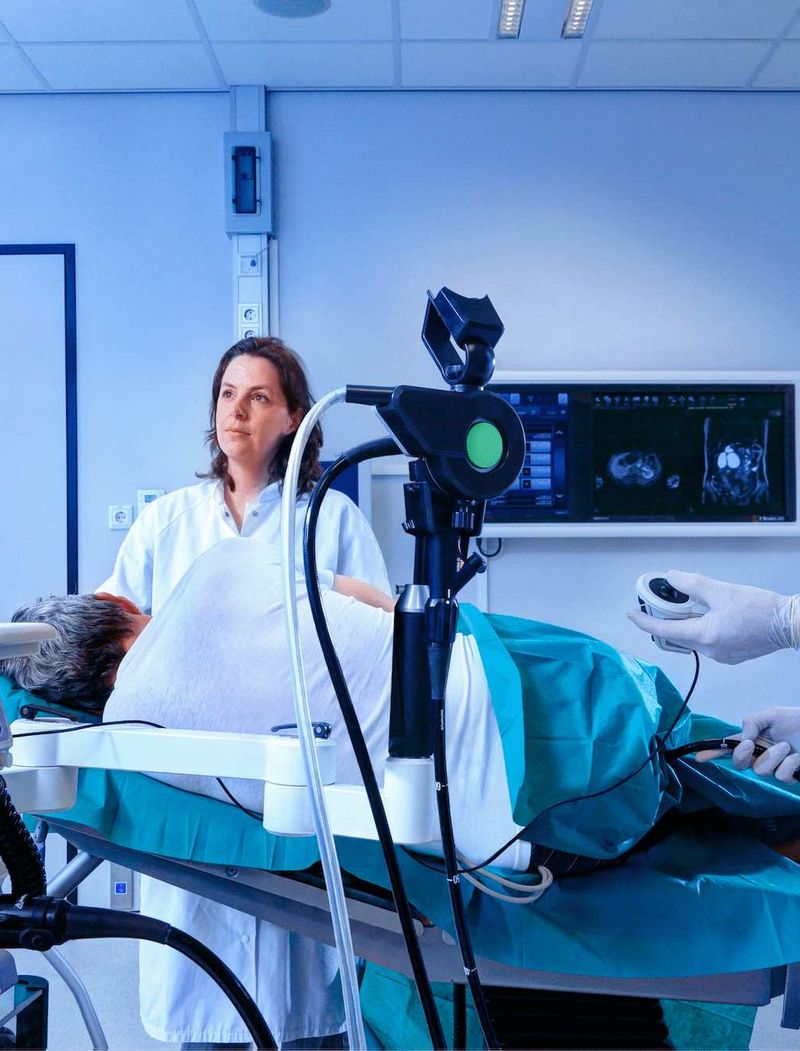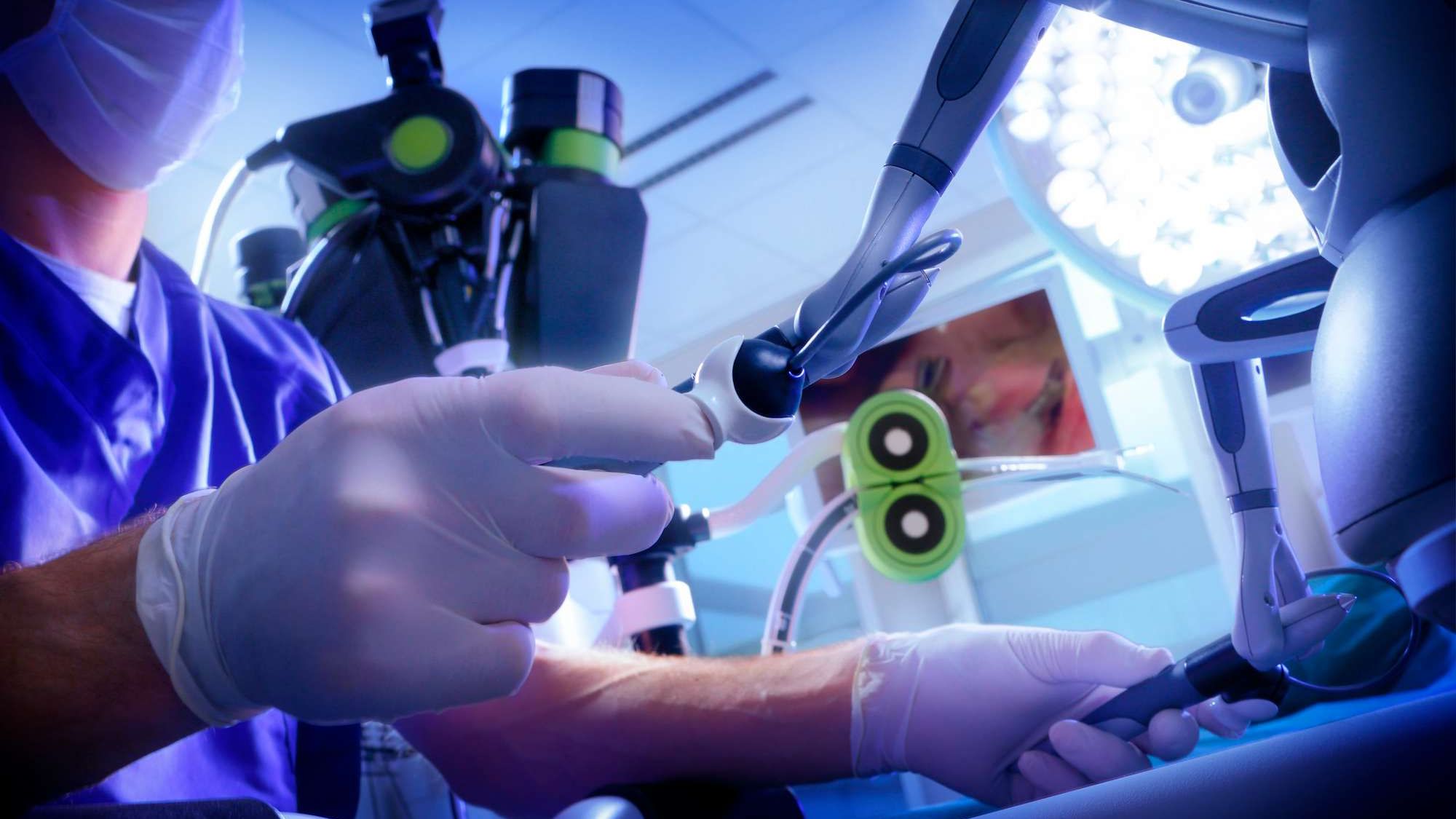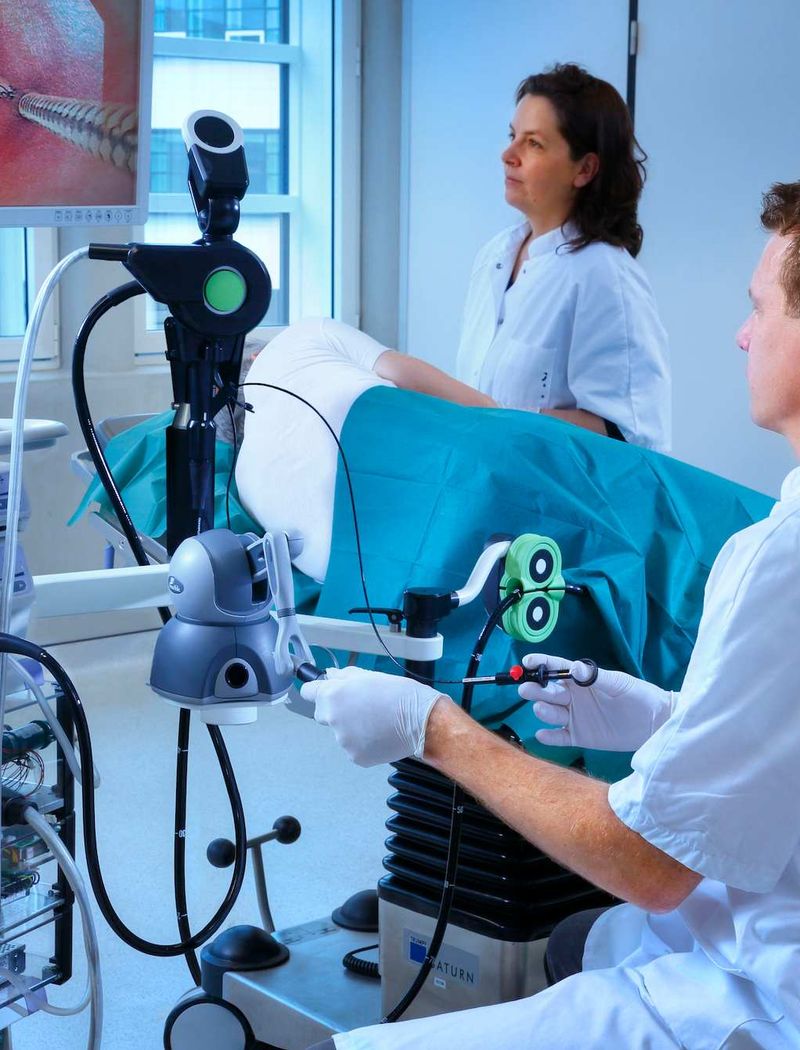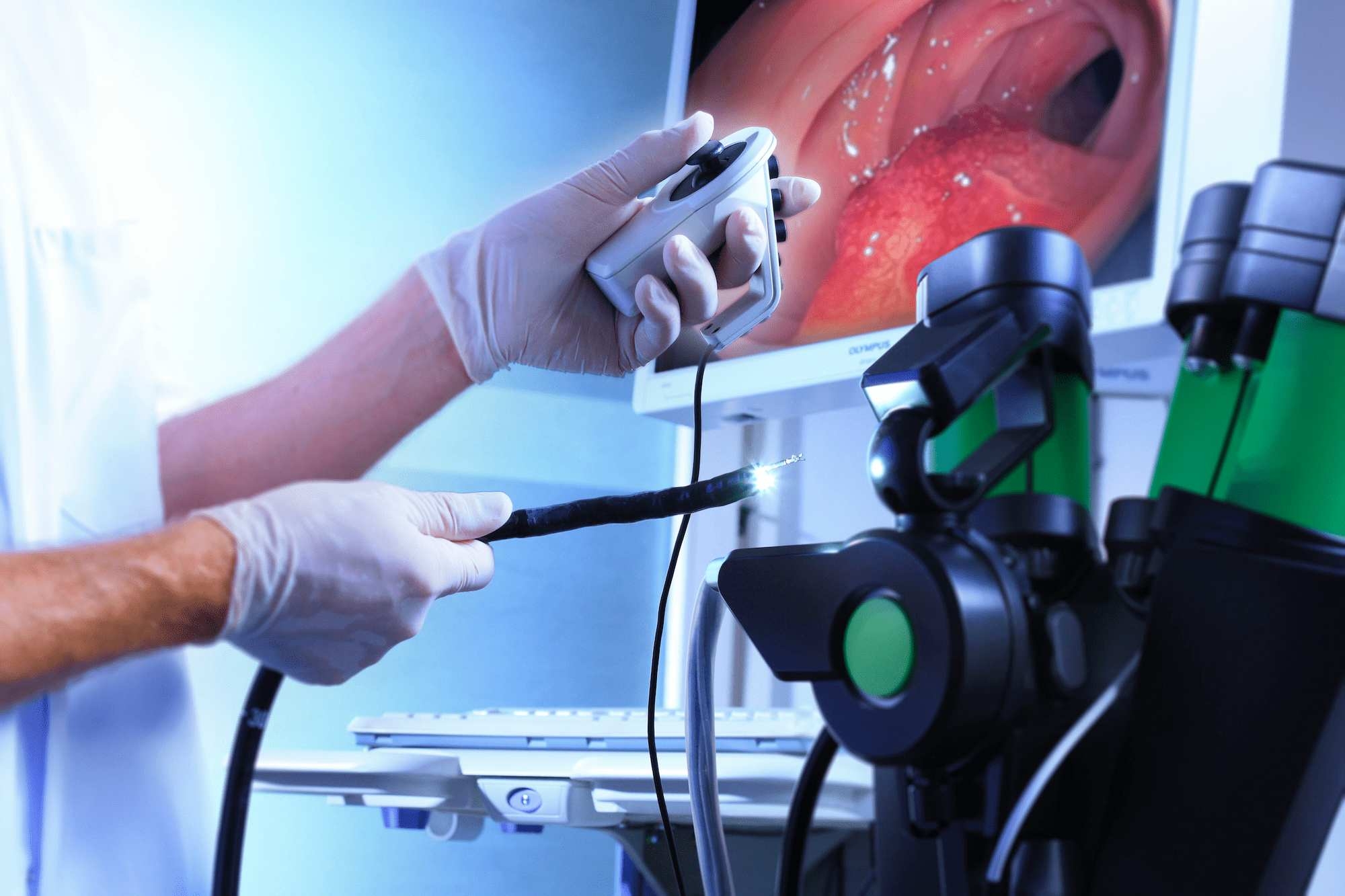Figure 1: Robotic steering module for diagnostic procedures


In flexible endoscopy, a flexible tube with a steerable camera is used to inspect the internal patient tracts and to perform small surgical interventions. In current practice, the physician is faced with usability problems. Often assistance is required to manually operate a flexible endoscope and instruments. In addition, current attempts to perform more advanced therapeutic procedures using steerable instruments are limited by the lack of availability of intuitive and user-friendly tools. To overcome this, a robotic flexible endoscope has been developed that allows a single physician to control up to 16 degrees of freedom to perform diagnostic and therapeutic procedures in an intuitive and user-friendly way. In addition, the robotic modules expand the clinical capabilities of standard available endoscopy equipment.
The robotic flexible endoscope includes a master-slave system in which the endoscope and any instruments are operated remotely from a ‘cockpit’. A key factor is that user interface and tools are mechanically decoupled and computer intelligence is integrated, which allows the coupling of intuitive hand movements by the physician with the precise movements of the instruments. The robotic modules interact with standard available equipment to prevent high investment costs and preserve current endoscope qualities. The modular system setup enables customization to the clinical requirements of a specific procedure.
A user-centered system design approach is used to convert end user preferences and capabilities into robotic flexible endoscope concepts. Application of this approach resulted in the definition of three modules:
• Robotic steering module for diagnostic procedures (Figure 1)
• Robotic shaft manipulation module for existing therapy (Figure 2)
• Robotic instrument manipulation module for advanced therapy (Figure 3)



The major challenge was to create a compact system that actuates 16 degrees of freedom (Figure 2), which allows easy exchange of instruments, that is positioned close to the patient, and that is suitable for sterile use.
.jpg)
We were responsible for the design of a control mechanism for the 16 degrees of freedom needed to operate the system. From usability engineering to industrial design, mechanical engineering and mechatronic system design.

This system allows users to perform clinical procedures in an effective, efficient, and patient-friendly way. Physicians see the potential of the system, and a medical technology multinational was so impressed that it became our client for another project.
